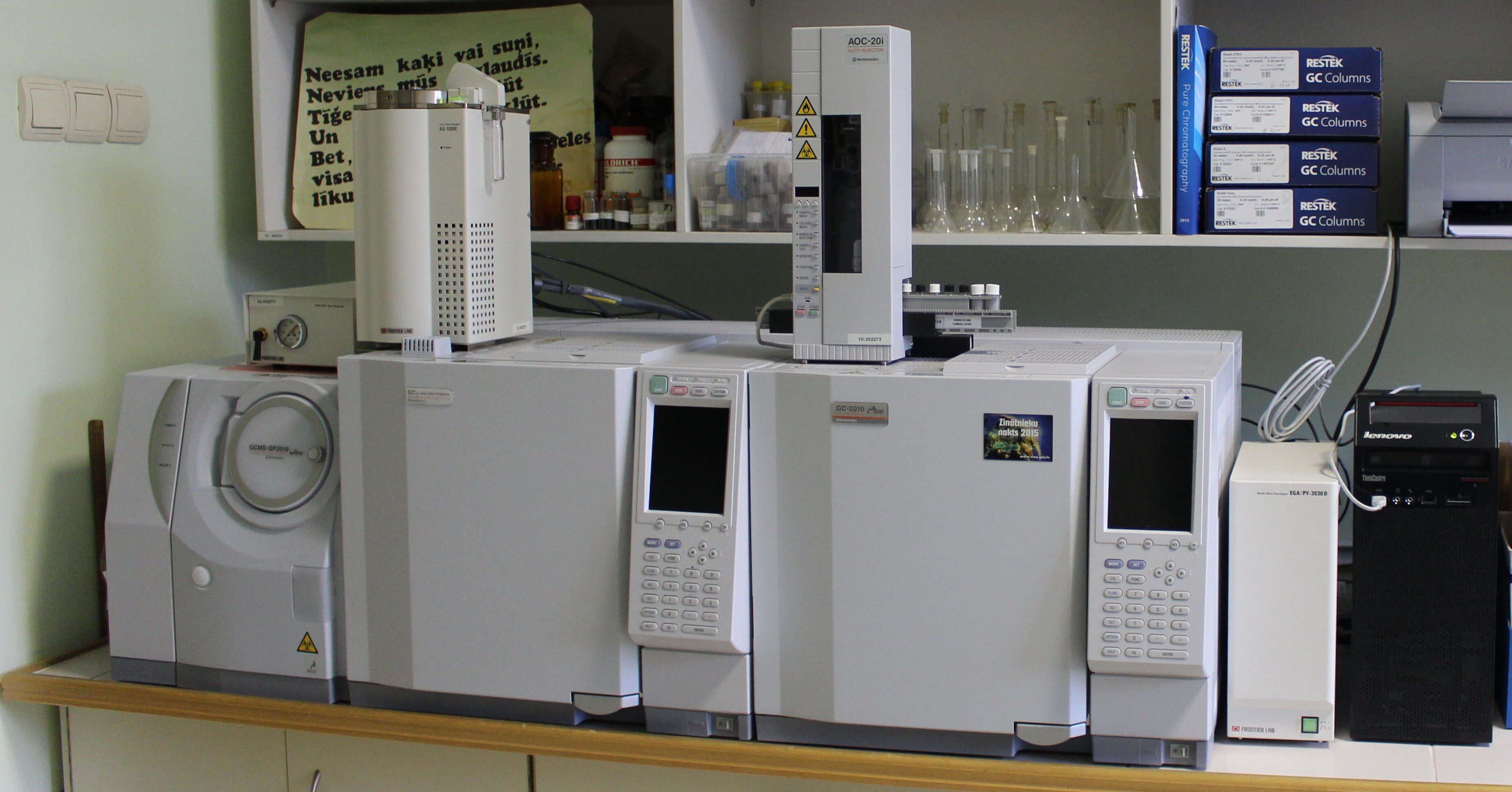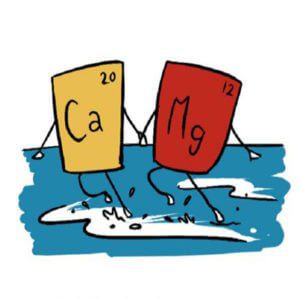

Anti-foam for Amine unit
In a gas desalination unit, impurities such as carbon dioxide and hydrogen sulfide, known as acid gases or sour gas, must be purified and separated from natural gas as they lead to corrosion of pipes and appliances. The operation in the adsorption tower is performed using solvents such as alkanolamines (methyl ethanolamine, diethanolamine, methyl diethanolamine, etc.). Each molecule of amines has at least one hydroxide group and one amino group. The hydroxide group increases the molecular weight, which reduces the vapor pressure and increases the solubility of amines in water, and the amino creates sufficient basic power in the amine solution in water to absorb acidic gases. Anti-foam for Amine unit
One of the most important problems in the gas desalination process using amine compounds is foaming during the process. In fact, the foam is the dispersion of gas in the liquid so that most of the environment is gas and the liquid is in very thin layers between the gas bubbles. Among the most important factors in creating foam, the following can be mentioned:
Fine solid suspended particles in amines
Presence of organic acids in the input sour gas stream
Injection of corrosion inhibitors into gas wells
Amine-soluble hydrocarbons
Amine decay products such as thiosulfates and volatile acids
Soap-based greases used in refinery valves
Occurrence of foaming phenomenon in gas desalination unit with amine can lead to several known problems such as amine loss, replacement of filter elements, non-planned stops of the unit. All of these problems can be due to the presence of solid impurities, amine quality, liquid hydrocarbon formation and changes in operating parameters, which cause operational problems that significantly affect the income of the industrial unit. In order to prevent such problems caused by foaming and reducing the intensity of foaming, continuous injection of anti-foam chemical into the solvent is one of the control routines of refineries. Based on this need, Abrizan Industrial Research Company, with its scientific potential and the use of quality equipment and raw materials, and performing some of the laboratory tests required to nominate this anti-foam for gas desalination unit, took action. To fabricate a foam control agent based on co-polymer block of poly-ether glycol which has high thermal stability and its easy application and dilution, breaks and suppresses the foam in a short time and it will not cause sediment either. The use of this foam has also been useful in improving gas separation in this system. Anti-foam for Amine unit



